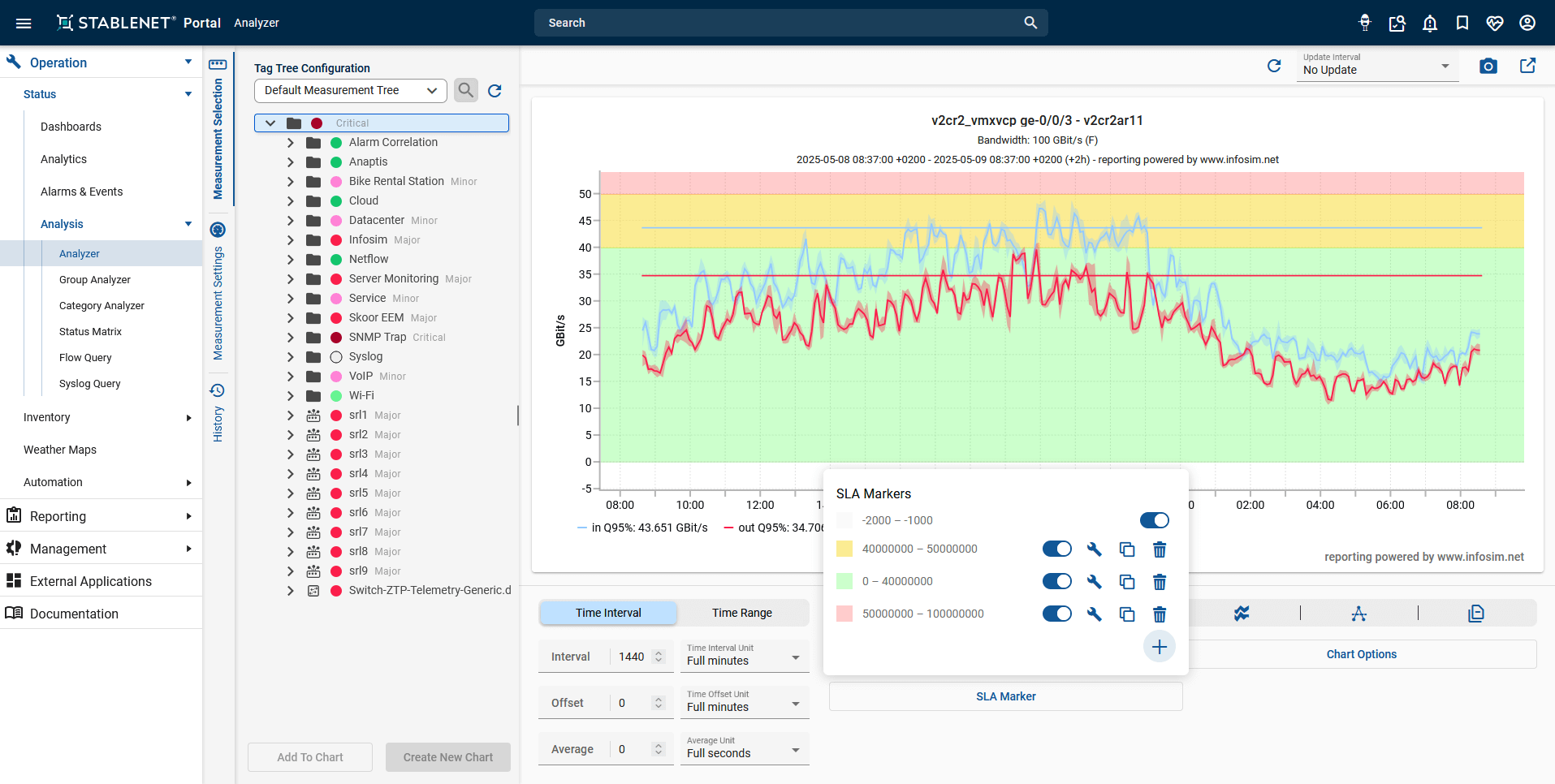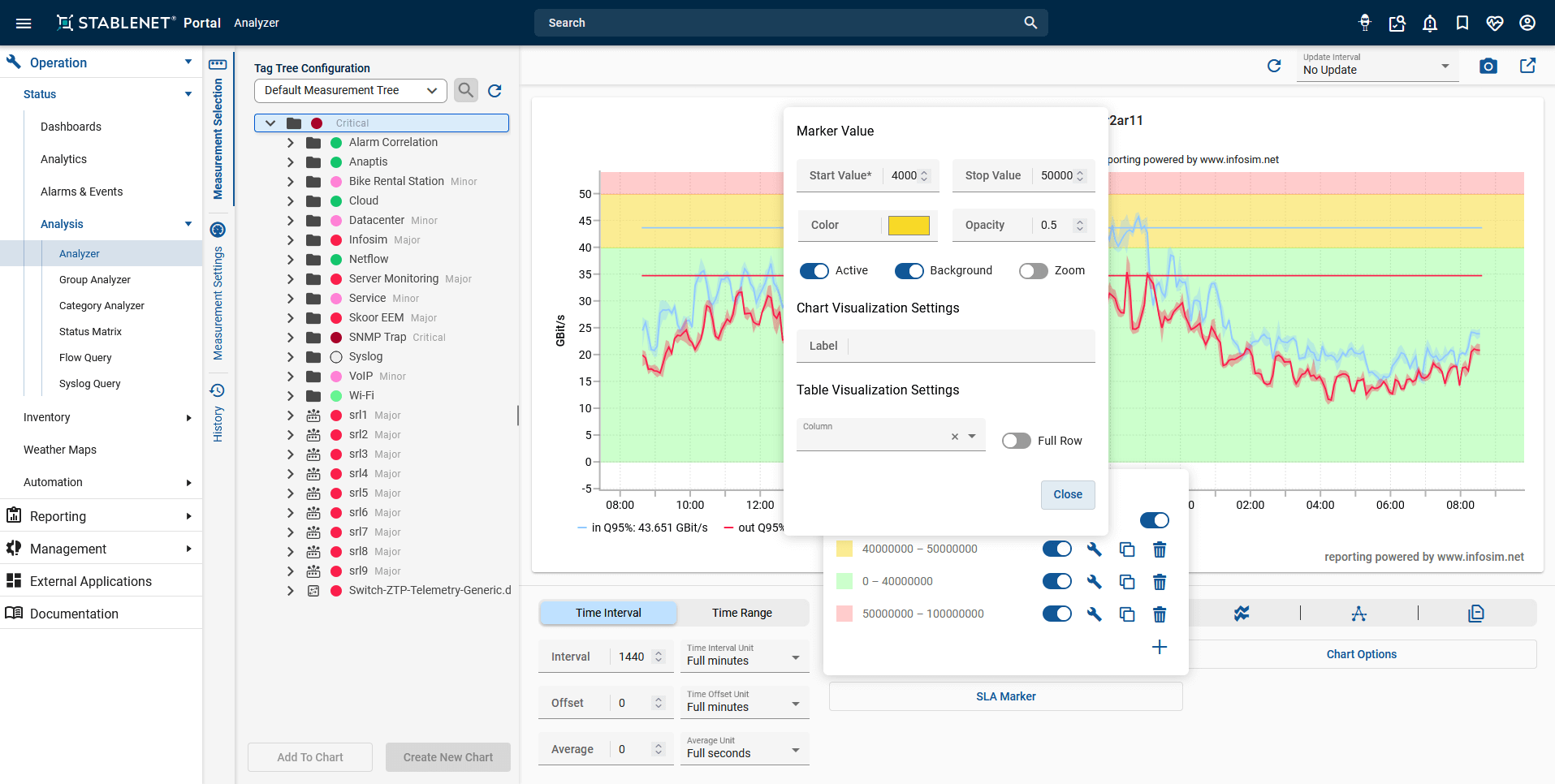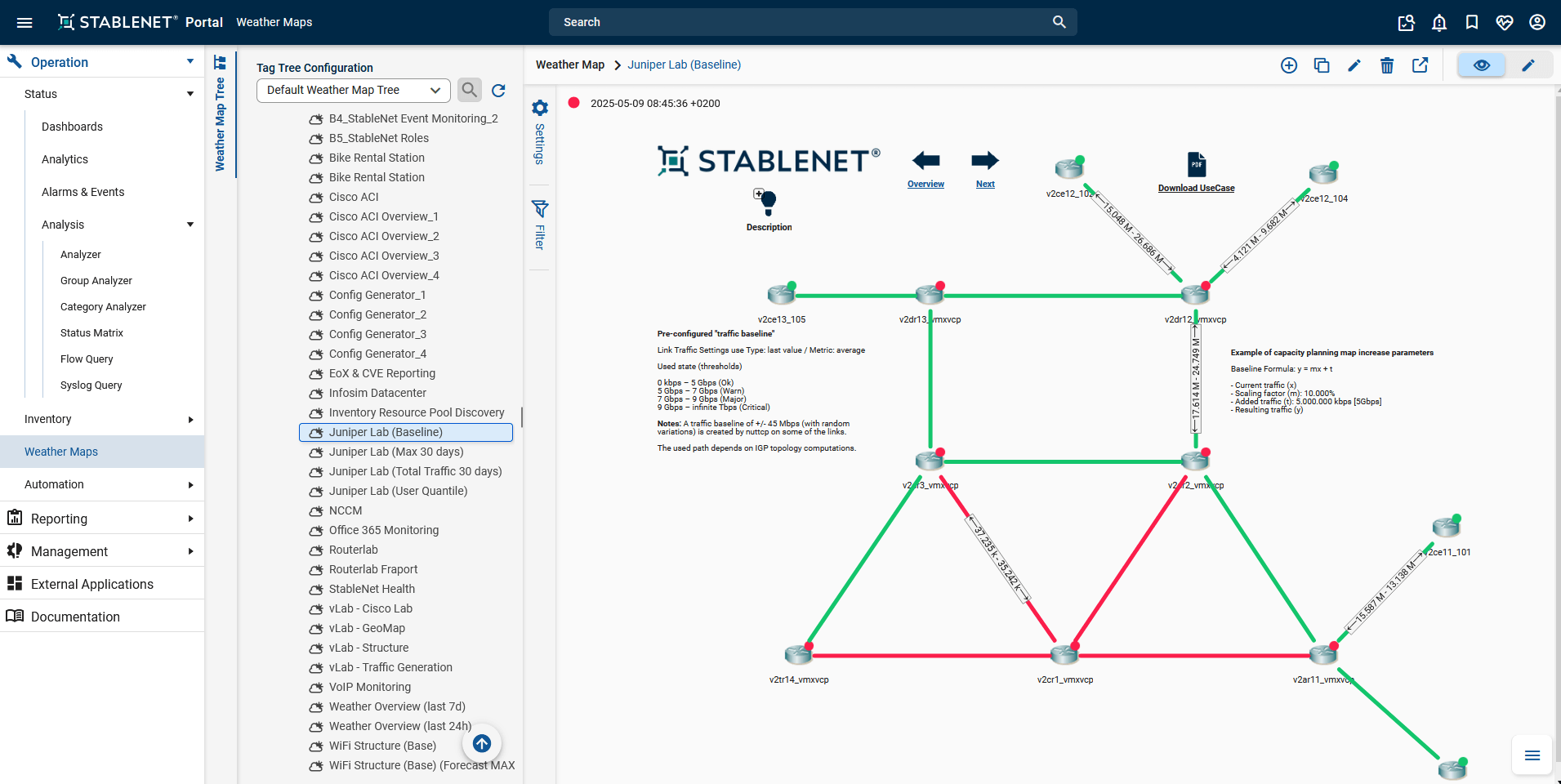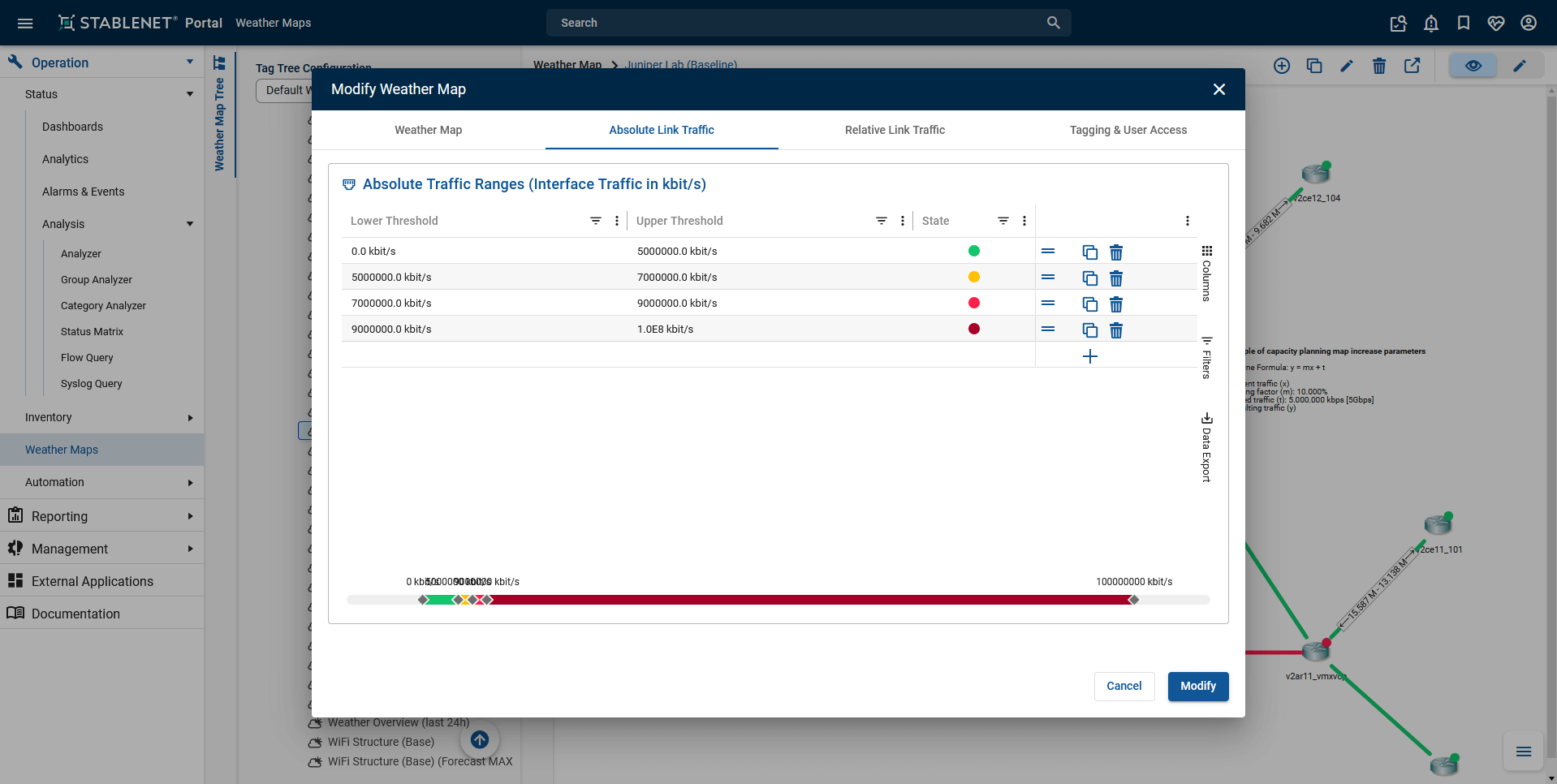Smart SLA Monitoring
with StableNet®
Whether you’re delivering services or relying on them — StableNet® gives you near real-time insights into SLA compliance. Spot issues before they escalate.
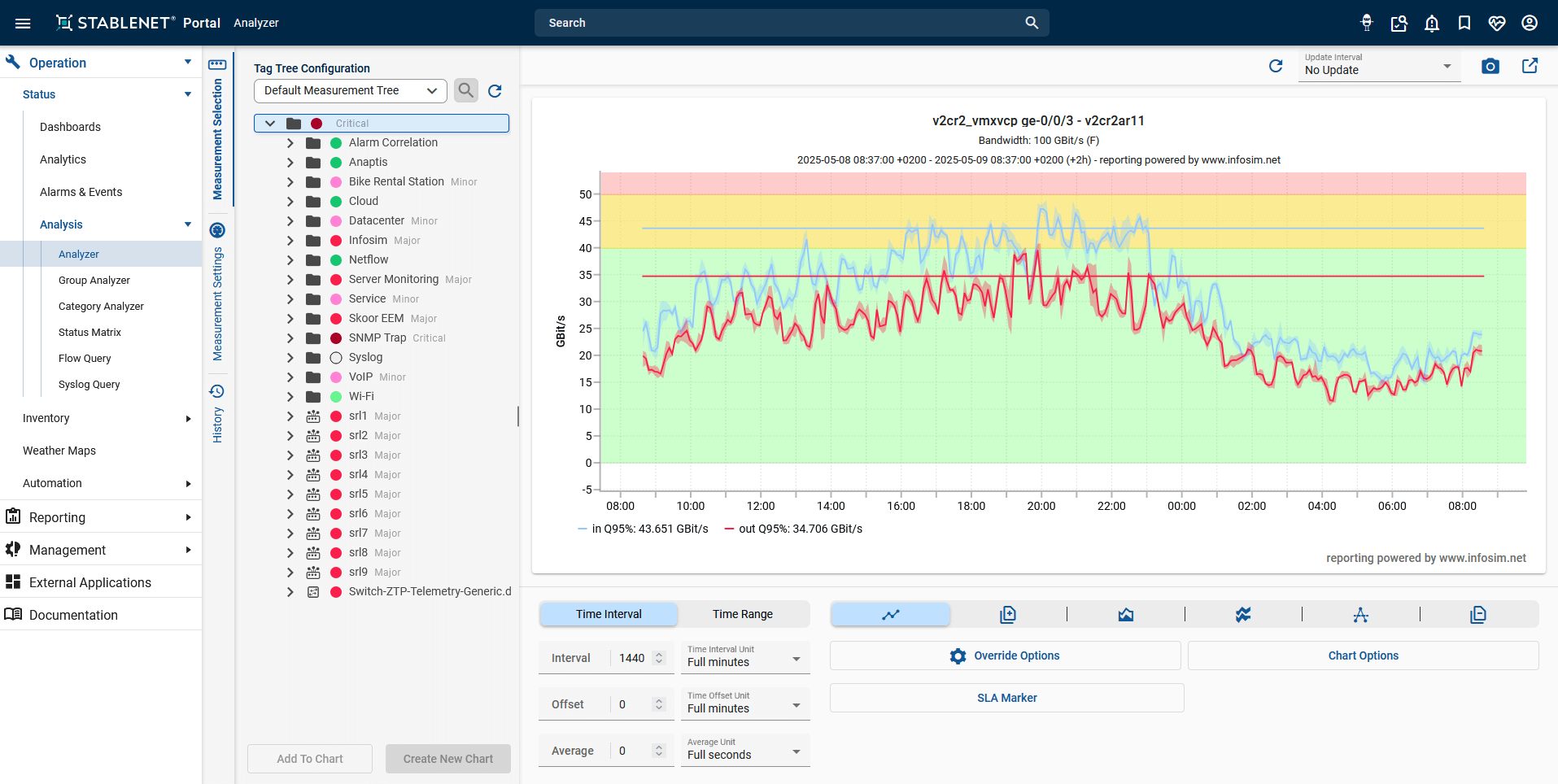
What are Service Level Agreements?
A Service Level Agreement (SLA) is a formal commitment between a service provider and a customer. It defines the expected level of service. It typically includes key performance indicators (KPIs) like uptime, response times, and service quality benchmarks. Whether you provide IT services or use them, SLAs are important. They help set clear expectations and keep everyone accountable.
But defining SLAs is only the beginning—SLA monitoring ensures those promises are actually being met. This is where SLA management comes in. By constantly tracking performance against agreed-upon targets, organizations can proactively address issues before they impact the business.
For service providers, SLA reporting builds trust and proves reliability to clients. For customers, it’s a powerful way to verify that the services they pay for meet contractual standards. This process is also known as service level agreement monitoring, and it’s a critical part of modern IT service level management.
With the right monitoring tools, like StableNet, you can automate service level management, gain real-time visibility, and generate accurate, auditable SLA reports. It’s not just about compliance—it’s about building better services and better relationships.
Why monitor SLAs?
Monitoring SLAs isn’t just about tracking data — it’s about clarity, accountability, and continuous improvement. Whether you’re delivering services or depending on them, SLA monitoring helps both sides get more value and more trust out of every agreement.
SLA Monitoring for Service Provider
Your focus: Performance, Proof, Prevention
- Prove SLA compliance before customers complain
- Identify issues early to avoid escalations
- Offer dashboards and reports as value-added services
- Stand out with transparency and data-driven trust
- Automate SLA reporting and reduce manual workload
Build stronger customer relationships through measurable reliability
SLA Monitoring for Service Customer
Your focus: Transparency, Control, Optimization
- Make sure the services you receive align with what the provider promised
- Back up complaints with clear, objective data
- Use performance insights to renegotiate contracts or adjust usage
- Monitor downtime, quality, and responsiveness
- Take control of your service experience
Hold providers accountable and make smarter decisions
Essential Elements of SLA Reporting and Tracking
To deliver a service or receive what the agreement promised, SLA management requires the right metrics. Effective SLA monitoring begins with identifying exactly what you need to track.
Here are the core components you should always include in your SLA monitoring strategy:
General Availability
Quality of Service
Redundancy & Backup Integrity
Response & Resolution Times
Throughput / Bandwidth Utilization
Change Management & Maintenance Windows
Incident Frequency / MTTR (Mean Time to Repair)
Security & Compliance Metrics
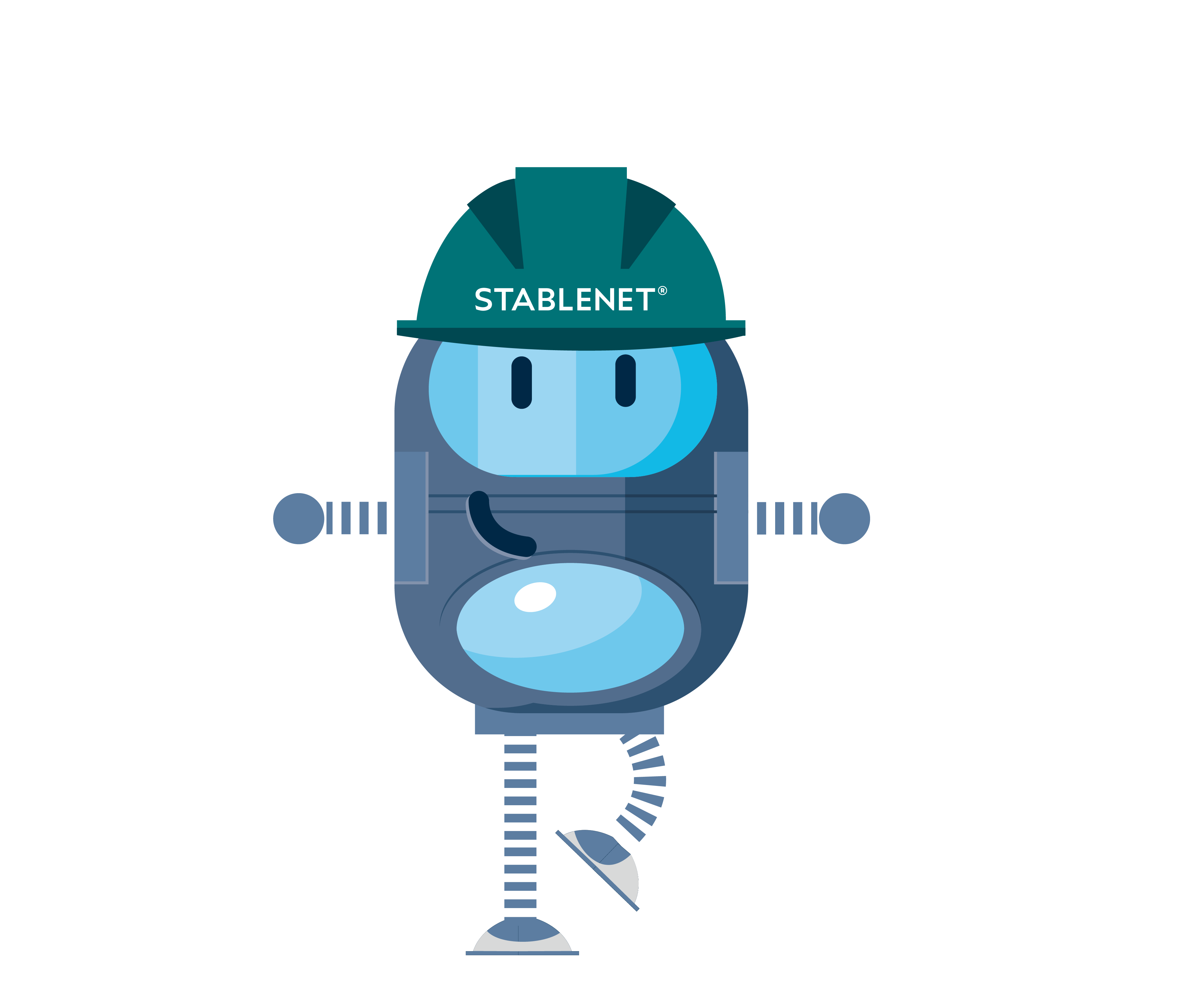
Ready to monitor your SLAs with StableNet®?
StableNet® enables automated, granular monitoring for all these SLA elements — and more.
See how it works in your environment.
Trusted by Enterprises and Telcos Worldwide
StableNet® ’s proven scalability, flexibility, and vendor neutrality make it a preferred choice for organizations operating complex IT environments globally.
4 Reasons to Choose StableNet® for Your SLA Monitoring Tool
StableNet® is a leading platform for automated network and service management. Its powerful 4-in-1 solution brings together Discovery & Inventory, Configuration, Fault, and Performance Management — all in one unified system.
Unlike traditional tools that only focus on performance metrics, StableNet® delivers a holistic approach to SLA monitoring and beyond. Say goodbye to using many different systems. With StableNet®, you can manage your whole network from one platform.
StableNet® covers everything from monitoring and fault detection to automated configuration and real-time inventory discovery. It unifies the management of multiple vendor-specific network tools and technologies, along with firm-specific databases, into one GUI.
No matter the size or pace of your network growth, StableNet® adapts. Our solution has flexible deployment models and cost-effective options. This allows it to grow from small setups to large global systems.
Automation is at the core of StableNet®. Save time and cut costs through intelligent workflows — from inventory discovery and root cause analysis to SLA compliance, configuration tasks, backups, and reporting. No heavy coding required. StableNet® helps you simplify even the most complex, custom tasks — while driving down both OPEX and CAPEX.
Track SLAs for many types of assets. This includes traditional IT devices while also covering IP-based systems like refrigerators and HVAC units. As long as it has an IP address, StableNet® can monitor it.
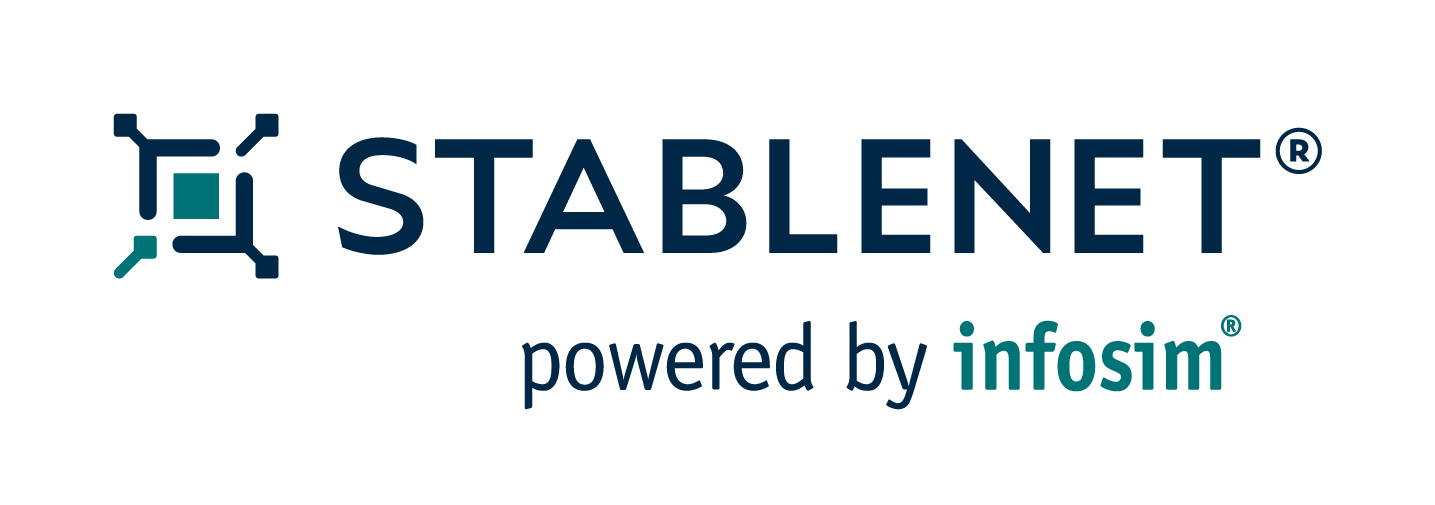
What SLA Monitoring in StableNet® looks like
SLA Monitoring in weather maps and topology views. Get an overview of your whole network topology including SLA Marker. (Click to expand images.)
Find out why StableNet® is so popular. Request a demo today.

Software
Made in Germany

Software
Made in Germany
